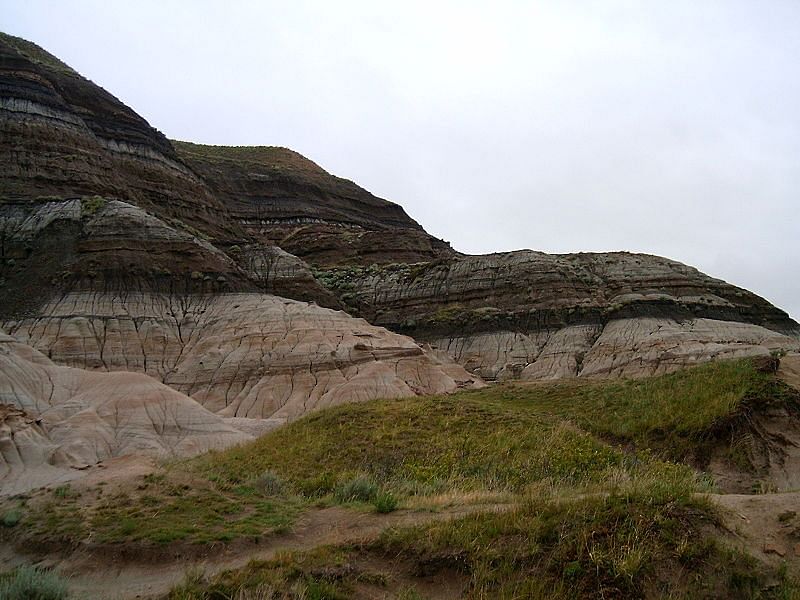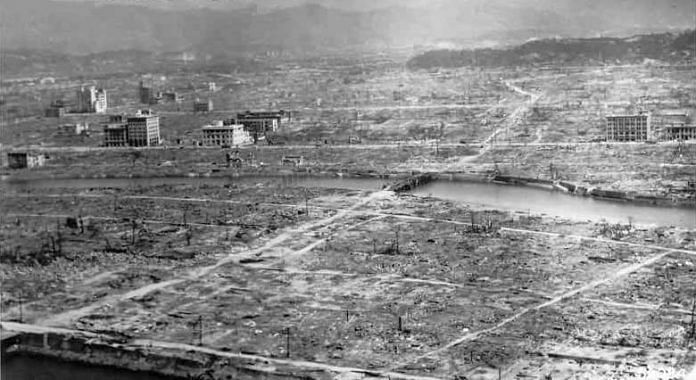Bengaluru: A long-standing question about the atomic bomb attack on Hiroshima was what happened to all the debris and material from the city when it was completely flattened and wiped out on 6 August 1945.
The answer was found on the beaches of Hiroshima, in the form of tiny glass blobs.
Over the last four years, retired geologist Mario Wannier has gathered what appear to be smooth glassy unusual beads from these beaches. However, after studying them thoroughly, a mineralogy lab at the University of California, Berkeley, concluded that these glassy assortments were remnants of the fallout of the atomic bomb.
The study has been published in the journal Anthropocene this week.
Digging the sands
In 2015, Wannier was working on a project comparing biological waste and debris on the sands of various beaches to understand and measure the health of local marine ecosystems. His work involved combing the beaches for debris and then analysing them under the microscope.
“I had seen hundreds of beach samples from Southeast Asia, and I can immediately distinguish mineral grains from the particles created by animals or plants, so that’s very easy,” Wannier said in a statement issued by UC Berkeley.
“But there was something else… it’s so obvious when you look at the samples. You couldn’t miss these extraneous particles. They are generally aerodynamic, glassy, rounded — these particles immediately reminded me of some spherule (rounded) particles I had seen in sediment samples from the Cretaceous-Tertiary boundary.”
The ‘boundary’ is the physical demarcation in soil and natural geological formations around the earth, marking the moment of the asteroid impact that killed the dinosaurs. A thick sedimentary layer with a high concentration of iridium is visible in cliffs all around the world. The iridium would have rained down on the earth for weeks after the asteroid impact, covering the entire surface of earth.

The boundary also contains shocked quartz granules that resemble small glass blobs, similar to what Wannier found on the beaches of Hiroshima.
Wannier’s glass blobs also came fused or with tail-like extensions. Some were even rubber-like, while others had multiple layers of glass and silica. Several of them were barely 1mm in diameter. They were present in high concentrations too — for every kilogram of salt, Wannier had nearly 23g of spheroids.
The location of the beaches and the confusing nature of the substance immediately made Wannier’s mind jump to the bombing.
“In the surprise of finding these particles, the big question for me was: You have a city, and a minute later you have no city. There was the question of: ‘Where is the city, where is the material?’ It is a trove to have discovered these particles.”
Under the microscope
Wannier took his findings to Rudy Wenk, his former classmate from college and professor of mineralogy at UC Berkeley. Upon observing them under the microscope, Wenk discovered that the spheroids came in a variety of chemical compositions of varying concentrations. Some were high in aluminium or calcium, some in silicon or carbon, and some were crystalline in structure.
“Some of these look similar to what we have from meteorite impacts, but the composition is quite different,” Wenk said. “There were quite unusual shapes. There was some pure iron and steel. Some of these had the composition of building materials.”
Wenk and his team performed X-ray and electron microscopy experiments, among other analyses, on these objects. Ultimately, they reached the conclusion that the particles had formed in extreme conditions, with temperatures exceeding 1,800°C. Coupled with the unique structure of the pieces and their sheer volume, there was no other explanation except the atomic bomb.
“The ground material is volatised and moved into the cloud, where the high temperature changes the physical condition,” Wannier said. “There are a lot of interactions between particles. There are lots of little spheres that collide, and you get this agglomeration.”
The material would have been sucked from the ground, mixed in with this high temperature environment, before cooling down enough to fall down like rain around where the city once stood.
Also read: The story of how China tested its first nuclear bomb & called it ‘Miss Qiu’






